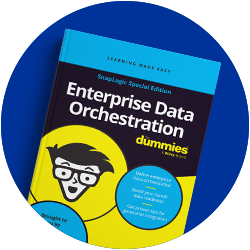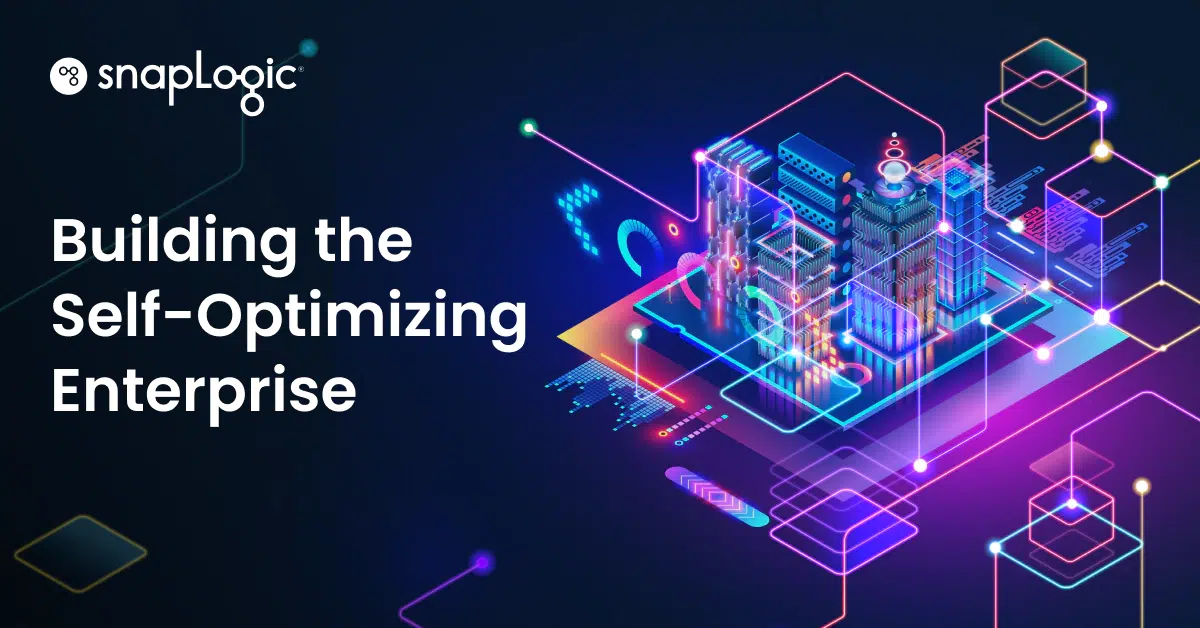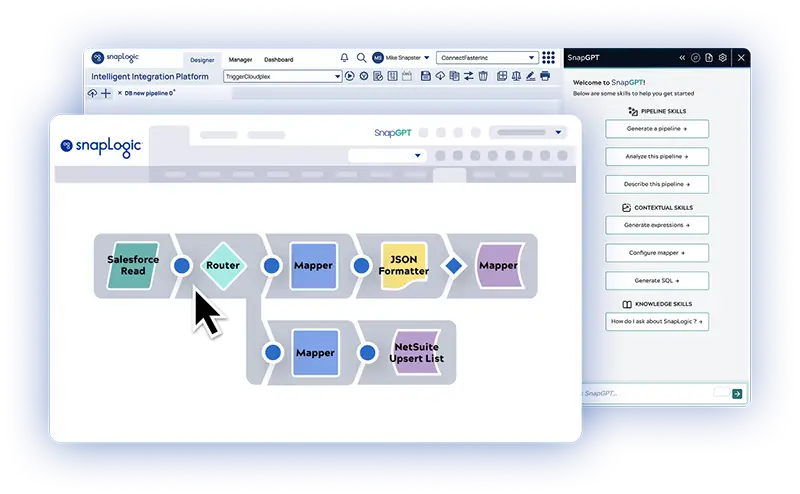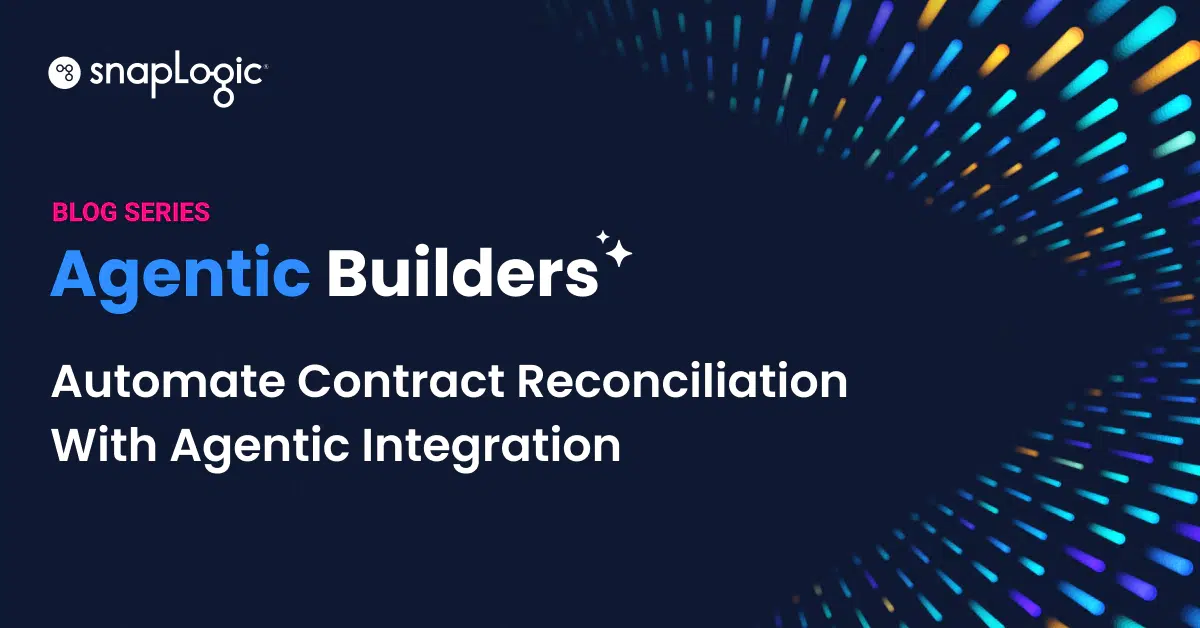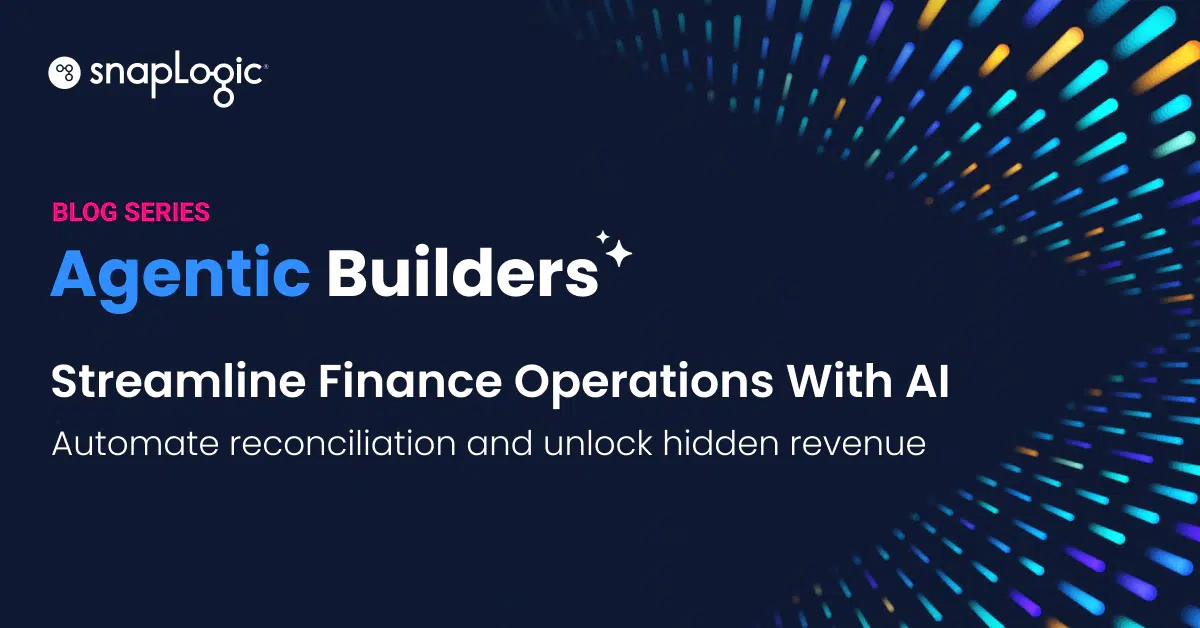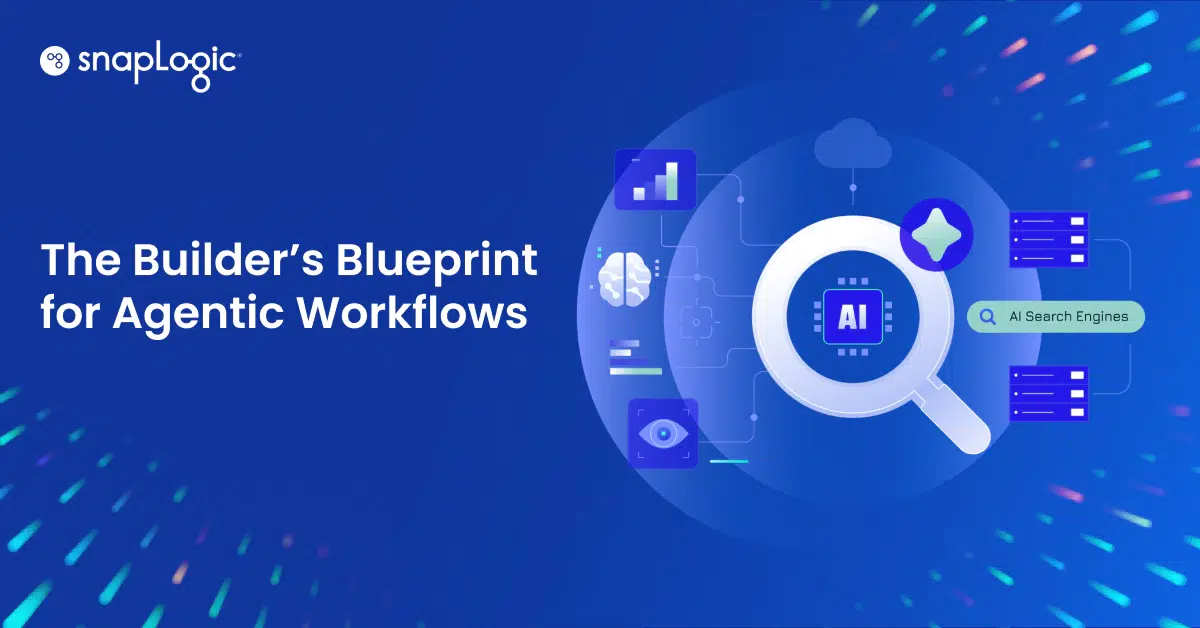Dalle vecchie case alle città intelligenti
Quando sono cresciuta in India, anni fa, ricordo quanto fosse diversa la vita nelle nostre case. L'acqua non era sempre disponibile a portata di rubinetto. Bisognava svegliarsi presto, riempire i secchi e conservare l'acqua per la giornata. L'elettricità era inaffidabile e tenevamo lampade a cherosene come riserva. Le strade erano discontinue e gli spostamenti imprevedibili.
Oggi le case moderne e le città intelligenti automatizzano questi processi. L'acqua scorre su richiesta, l'elettricità è ininterrotta e i sistemi di traffico in tempo reale ci guidano in modo efficiente.
Questa trasformazione non ha comportato la demolizione di vecchie case da un giorno all'altro, ma l'aggiornamento delle infrastrutture passo dopo passo, con l'introduzione di sistemi idrici automatizzati, reti elettriche stabili e controllo del traffico guidato dall'intelligenza artificiale. Allo stesso modo, le imprese moderne devono passare gradualmente dai sistemi legacy a piattaforme intelligenti e guidate da agenti, anziché affidarsi ad architetture rigide e obsolete.
Le vecchie case dell'IT aziendale
I sistemi ETL tradizionali, come Informatica PowerCenter e IBM DataStage, sono come le vecchie case. Per funzionare correttamente, richiedono un lavoro manuale, architetture rigide e una lunga manutenzione. Questi sistemi erano rivoluzionari a suo tempo, ma ora faticano a stare al passo con le esigenze delle moderne aziende basate sui dati.
D'altro canto, piattaforme come SnapLogic rappresentano sistemi agenziali moderni, dinamici, scalabili e progettati per operazioni in tempo reale. Poiché le case moderne sono dotate di sensori IoT, riscaldamento automatico e sicurezza innovativa, le piattaforme moderne integrano l'automazione guidata dall'intelligenza artificiale, i flussi di lavoro di auto-guarigione e la scalabilità cloud.
Il passaggio da manuale ad autonomo
Il pensiero agenziale ribalta il copione: da macchine che dicono cosa fare a macchine che anticipano le vostre esigenze. Pensate al passaggio da una casa in cui si rincorrono gli interruttori della luce e le manopole del termostato a una che sa quando avete freddo, siete stanchi o siete fuori casa. Le luci si abbassano quando si è stanchi, il riscaldamento entra in funzione prima del freddo e la casa vi avvisa quando è necessario sostituire il filtro.
Non si tratta di semplice automazione. È intuizione su scala. I sistemi non si limitano a eseguire i comandi, ma imparano, si adattano e diventano più intelligenti a ogni interazione. Nel mondo aziendale, le piattaforme agenziali si comportano come maggiordomi digitali: gestiscono i flussi di dati, risolvono i problemi prima che si rompano e ottimizzano le prestazioni senza che l'utente alzi un dito. Benvenuti nell'era della vita predittiva, sia per le case che per le aziende.
Come le piattaforme agenziali guidano la modernizzazione
La modernizzazione dei sistemi aziendali richiede il passaggio da processi manuali e statici ad architetture basate su eventi e guidate da agenti che forniscono:
Automazione low-code e agilità aziendale
L'interfaccia low-code/no-code riduce la dipendenza dai team di ingegneri, consentendo agli utenti aziendali di automatizzare i processi senza ricorrere alla codifica. Gli snap (connettori) precostituiti automatizzano l'integrazione tra Salesforce, SAP, AWS, Snowflake, Workday e altre applicazioni aziendali, eliminando il lavoro di trasformazione manuale dei dati. La piattaforma di integrazione come servizio(iPaaS) di SnapLogic consente alle aziende di creare, distribuire e modificare rapidamente le integrazioni senza lunghi cicli di sviluppo, mantenendo la governance e la supervisione dei team IT. SnapLogic Ultra Pipelines consente di elaborare e rispondere istantaneamente ai dati non appena arrivano, come una conversazione in diretta tra le applicazioni.
A prova di futuro con SnapLogic AgentCreator e le integrazioni AI
SnapLogic AgentCreator consente alle organizzazioni di creare agenti intelligenti che migliorano l'automazione, l'integrazione guidata dall'intelligenza artificiale e l'efficienza operativa.
L'AI/ML-driven DataOps di SnapLogic consente alle organizzazioni di elaborare dati in tempo reale per modelli AI e analisi predittive. La piattaforma integra dati strutturati e non strutturati (immagini, PDF, IoT, social media, CRM, ERP) in modelli di AI/ML per migliorare il processo decisionale e l'automazione efficace dei processi, ciò che talvolta definiamo "trasformazione AI".
Scalabilità intuitiva e senza sforzo
SnapLogic AutoSync rileva automaticamente le modifiche allo schema e regola dinamicamente le pipeline di dati, proprio come i sistemi GPS reindirizzano il traffico in base alla congestione. SnapGPT semplifica ulteriormente la conoscenza delle pipeline fornendo approfondimenti con un solo clic, riducendo la dipendenza dalle conoscenze istituzionali e dalla lunga documentazione. L 'Elastic Integration di SnapLogic consente alle aziende di scalare orizzontalmente, elaborando miliardi di documenti con le risorse di calcolo esistenti, senza bisogno di regolazione manuale.
Integrazione perfetta e architettura basata sugli eventi
SnapLogic fornisce Gestione API per esporre i servizi legacy come API, proprio come uno smartphone si connette a qualsiasi dispositivo senza soluzione di continuità. La sua architettura event-driven supporta lo streaming dei dati in tempo reale, rendendo l'integrazione tra le moderne applicazioni SaaS e i sistemi on-premise priva di attriti. L'architettura API-driven con un robusto livello di gestione consente inoltre alle organizzazioni di comporre esperienze convincenti per i clienti.
Governance e gestione responsabile della piattaforma
Il catalogo delle risorse e il data lineage di SnapLogic, realizzati con strumenti di lineage aperti, offrono una visibilità completa sul movimento, la trasformazione e l'utilizzo dei dati. Sblocca le persone dal consumo dei dati nei sistemi di catalogo di loro scelta, garantendo la conformità e riducendo al minimo i rischi per la sicurezza. Un inventario delle risorse ben mappato e alimentato da un agente di metadati semplifica l'integrazione, la risoluzione dei problemi e migliora l'efficienza dei costi individuando le risorse duplicate e ridondanti. Le organizzazioni possono mantenere gli audit trail e la conformità alle normative, ottimizzando la governance del loro panorama di dati grazie al Knowledge Graph di Snaplogic.
Accelerare la modernizzazione con SLIM
SnapLogic Intelligent Modernizer va oltre il semplice approccio lift-and-shift. Consente alle organizzazioni di raggiungere più rapidamente il vero scopo della migrazione, ottimizzando funzionalità, costi e investimenti in risorse umane. Grazie all'automazione e all'intelligenza integrate, semplifica la migrazione dalle piattaforme legacy, riducendo i rischi e garantendo una transizione senza soluzione di continuità alle architetture moderne.
Dopo la migrazione, SnapLogic pubblica senza problemi i segnali operativi nel formato OpenTelemetry (Otel), consentendo ai clienti di integrare facilmente queste informazioni negli ecosistemi di osservabilità esistenti. Allineandosi alla telemetria standard del settore, SnapLogic garantisce alle aziende il monitoraggio, l'analisi e l'ottimizzazione dei flussi di lavoro di integrazione all'interno di piattaforme come Datadog e New Relic.
Questa interoperabilità migliora la visibilità in tempo reale, semplifica la risoluzione dei problemi e supporta la gestione proattiva dello stato di salute del sistema, consentendo alle aziende di mantenere le massime prestazioni riducendo i costi operativi. Con SnapLogic, l'osservabilità non è un pensiero successivo, ma un vantaggio incorporato per le aziende moderne, orientate ai dati.
Il costo dello stare fermi
Le organizzazioni che si aggrappano ai sistemi legacy sono come i proprietari di una casa che non fanno altro che rattoppare una casa obsoleta invece di investire in un'infrastruttura moderna. Con il tempo, i costi di manutenzione aumentano, le vulnerabilità della sicurezza aumentano e la flessibilità diminuisce.
Così come le città moderne prosperano grazie alle infrastrutture intelligenti, le aziende che adottano piattaforme di integrazione agenziali come SnapLogic ottengono un vantaggio competitivo, riducono i costi e accelerano la trasformazione digitale. I sistemi moderni sono progressivi e tecnologicamente indipendenti, progettati per risolvere in modo efficiente i problemi reali e garantire la facilità d'uso a un prezzo ottimale.
La questione non è se modernizzare o meno. Si tratta di capire quanto velocemente si può effettuare la transizione prima che i sistemi legacy diventino un peso.

